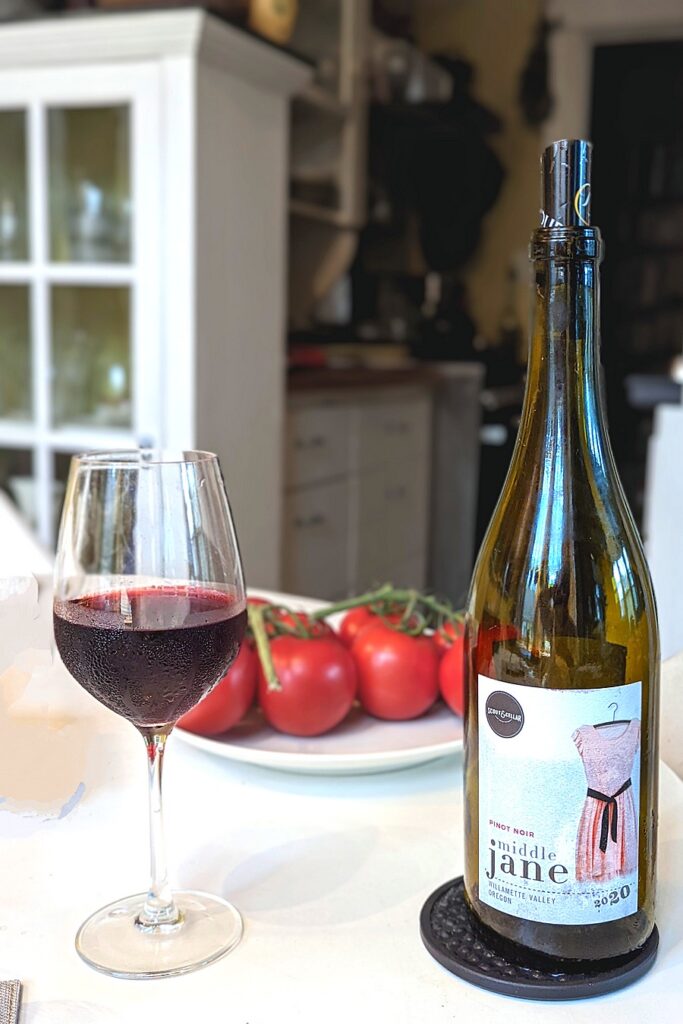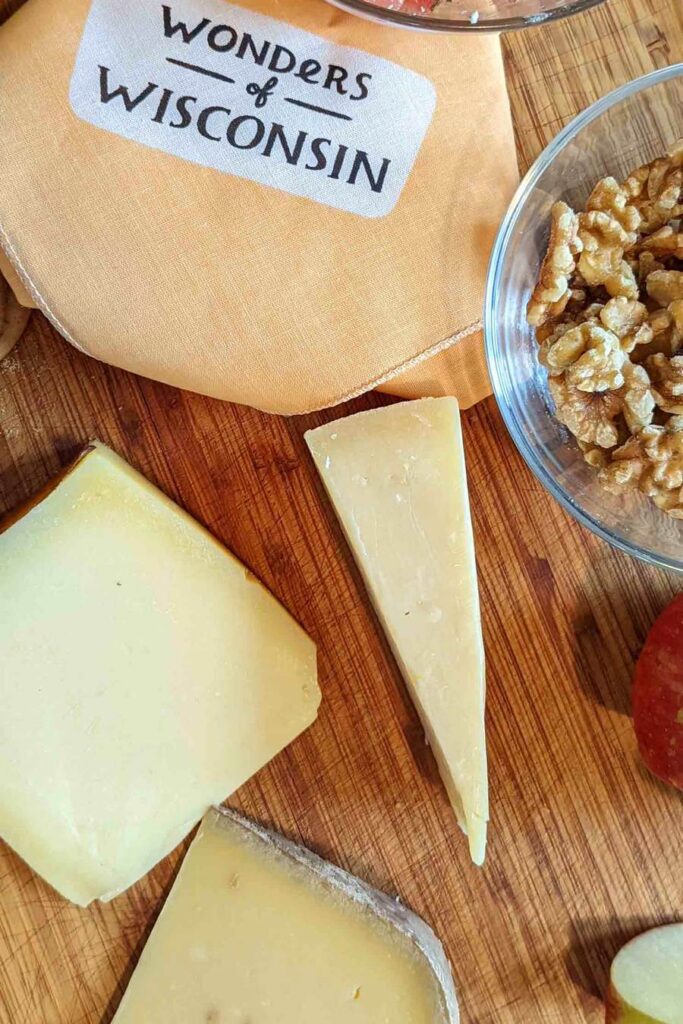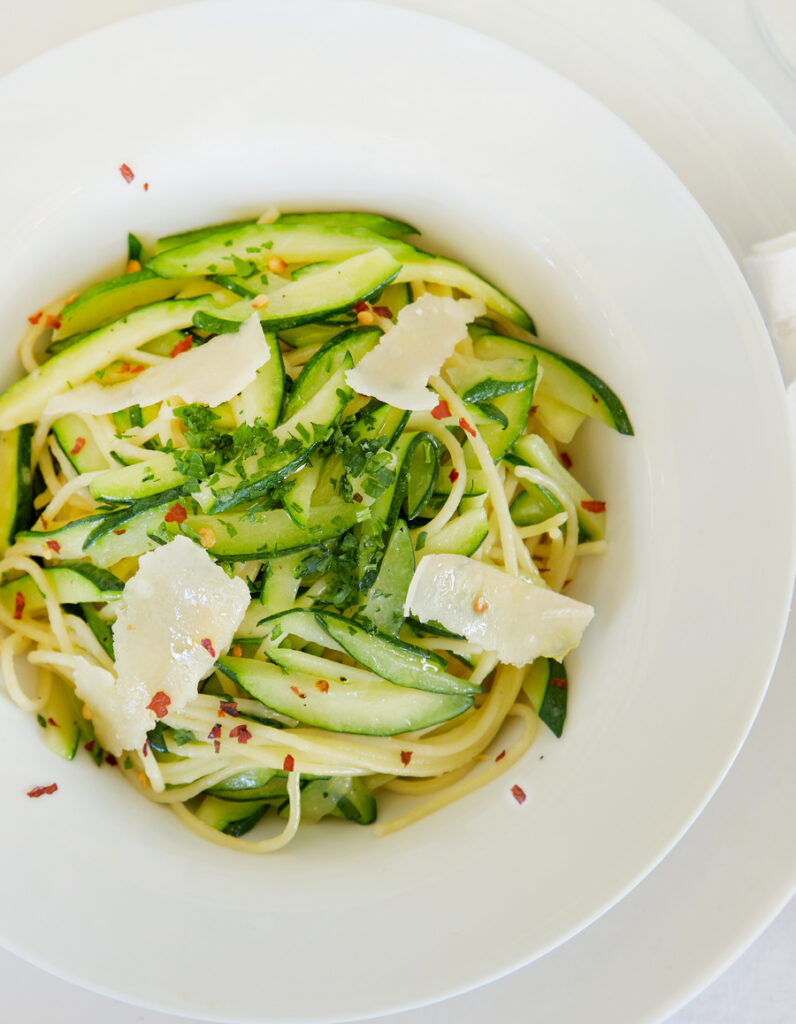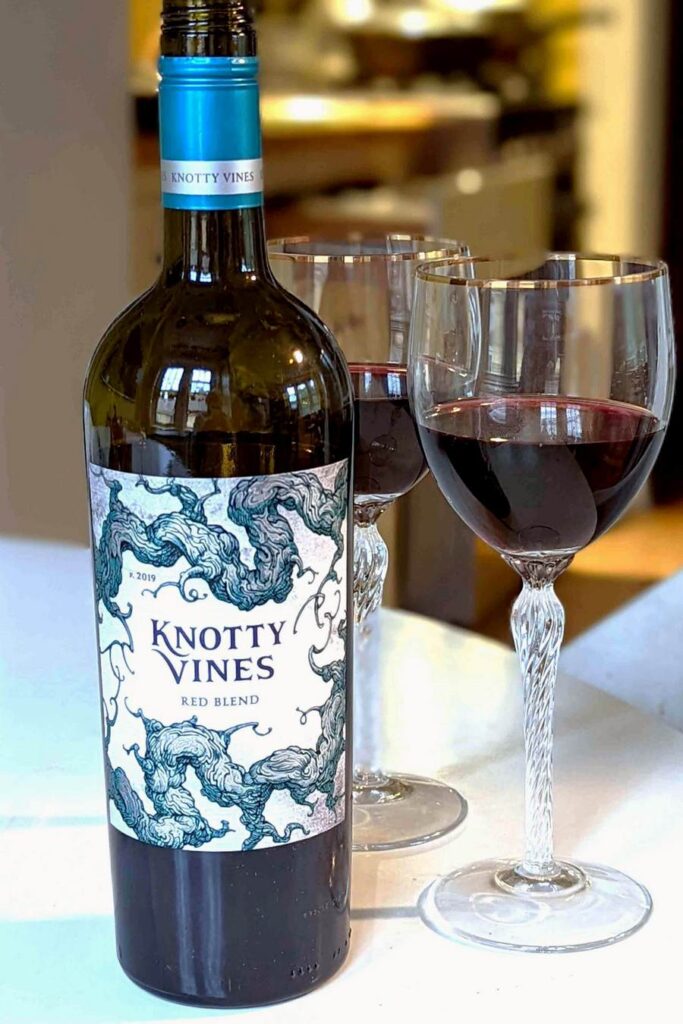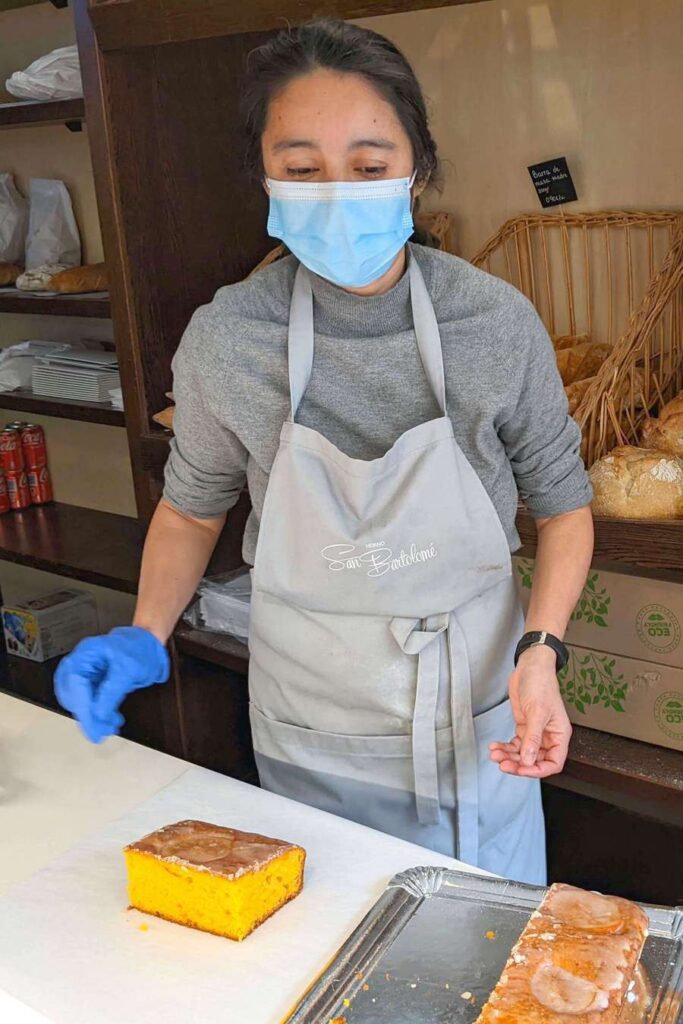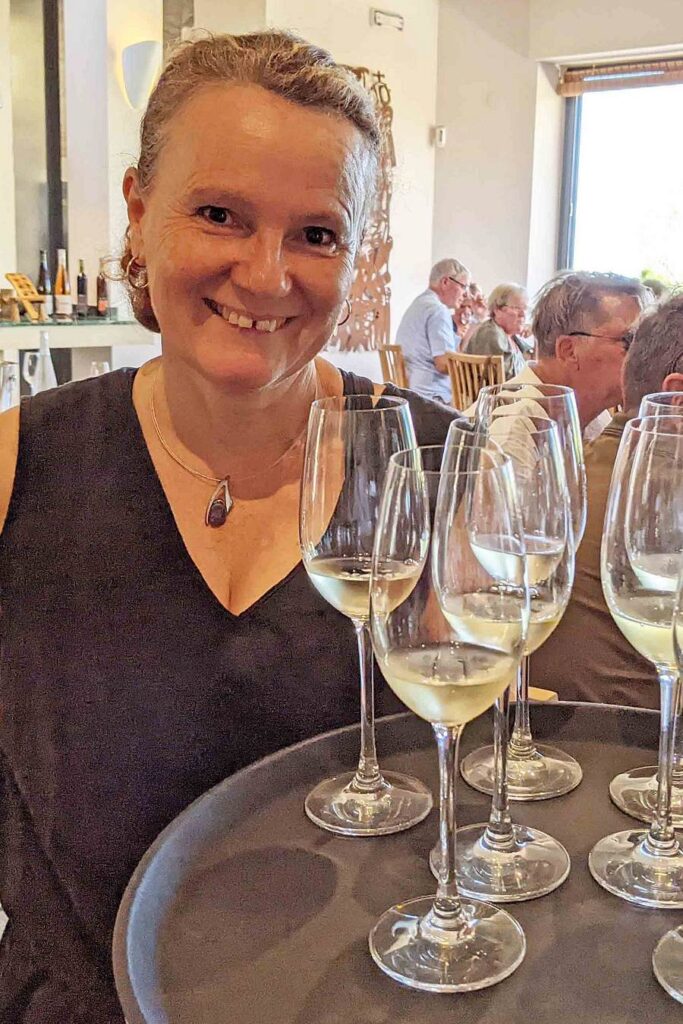
Table wines return to the Málaga region
There' s a quiet wine revolution brewing in the Axarquía hills between Málaga and Nerja along Spain's southern coast. And it's based on a grape that either the Greeks or the Carthaginians brought here roughly 3,000 years ago. Locals call it Moscatel de Alejandría, though much of the international wine industry knows the grape as Muscat of Alexandria. North African in origin, it requires an incredibly dry climate because the grapes are very prone to mold. That makes it perfect for the mountains just inland from the Málaga coast. It's usually associated with dessert wines. But Moscatel can be coaxed to produce a delicious table wine. Just ask Clara Verheij, the winemaker at Bodegas Bentomiz (Finca El Almendro, Pago Cuesta Robano, Sayalonga; +34 633 049...Read More



